The Article
IE 300 EARPHONES FROM SENNHEISER
16th August 2021
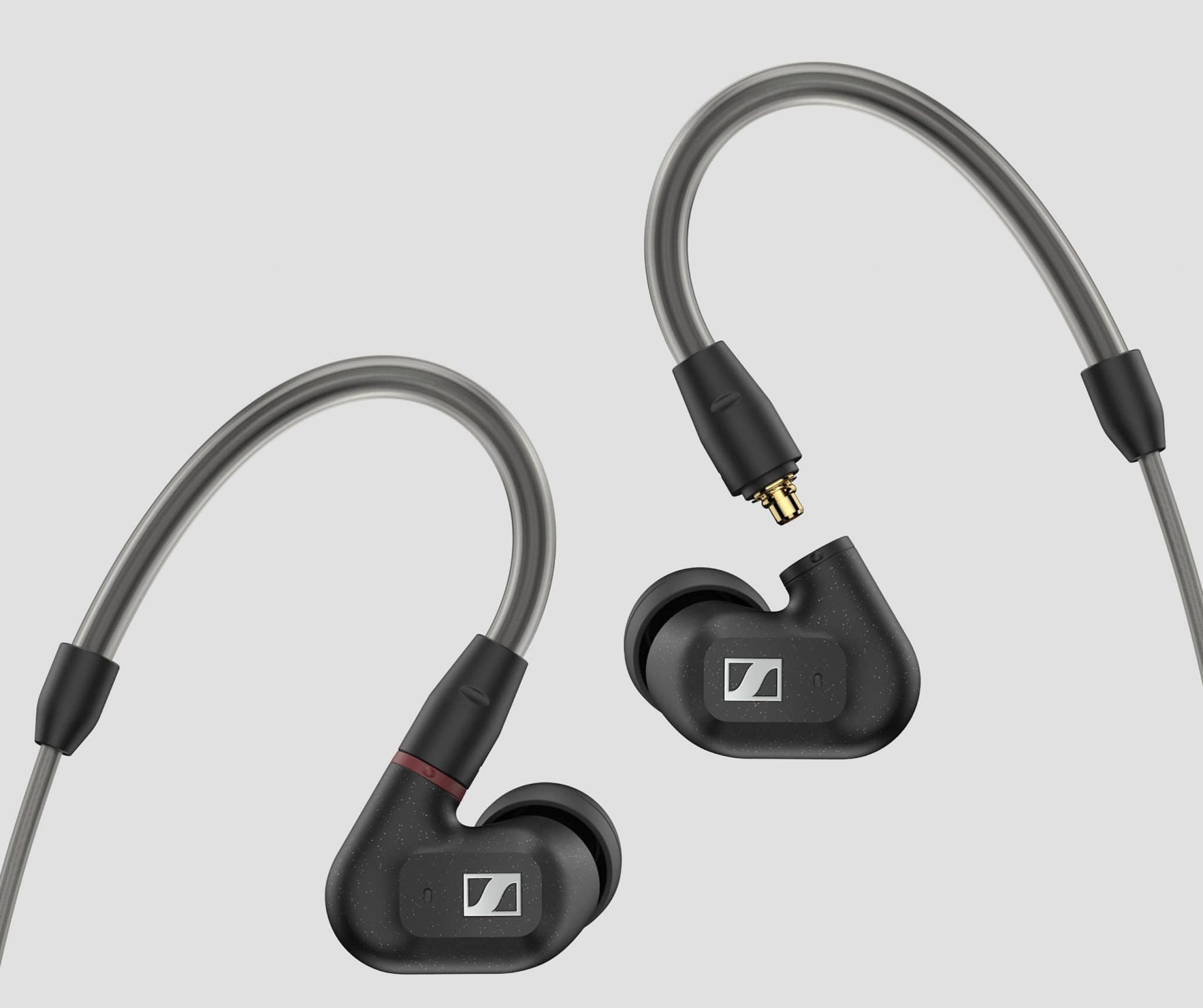
Have a pair of sub-£100 earphones and looking to upgrade to the next level? With the IE 300 earphones, Paul Rigby might have just the thing for you
It’s been a while since I reviewed a pair of earphones. Similarly, it’s been a while since I reviewed anything from Sennheiser. So, in an effort to slightly bruise a pair of feathered fauna with a well-stuffed cushion, I present to you the IE 300 designs from the self-same, respected German outfit.
Not the most expensive models in the range but certainly not the cheapest, either, the 16 Ohm IE 300s feature the company’s single dynamic driver, the 7mm Extra Wide Band (XWB), TrueResponse drivers which sits alongside a miniature chamber-within-a-chamber that, “…helps manage the flow of air behind the transducer,” said the company.
That is, there is supposed to be an enhancement in terms of precision but also space, but we’ll get to that in the Sound Quality tests.
A detachable cable spans 125cm and is terminated by gold-plated Fidelity+ MMCX connectors within a recessed, 4.8mm socket. A 3.5mm plug sits on the other end. The cable itself is reputedly a Para-Aramid-reinforced design which is both flexible in use and feels like it can take a fair bit of bendy punishment.
Balanced 2.5mm and balanced 4.4mm terminated cables will apparently be available (sold separately) soon.
I have to say, for the price, I did expect to find a balanced cable within. That said, I have seen both the 2.5mm and 4.4mm balanced cables for sale for around £95 each from Internet-based retailers. I was unable to secure any for this review, however. Hopefully, I will update this review later If I can grab one for both.
The compact box contains the earphones and cable plus three sizes of silicone ear tips and sizes of memory foam ear tips. There’s a manual, carry case and cleaning tool which amounts to a bit of bent metal on the end of a piece of plastic.
Weighing 4g, the solid chassis has that slight, “Oh Deidre, are those granite kitchen work tops new?”-look. Atop that is the company logo.
The earphones themselves sit well and comfortably in the ear itself. So how do they sound?
SOUND QUALITY
I began with a modded Astell&Kern AK120 and a slice of Bob Marley’s Jamming over 24bit/96kHz. From the first percussive beat, I could hear an appreciably wide soundstage and one that offered both air and space around the midrange. I like to use this song as a test track for a number of reasons. Firstly, there’s a host of secondary percussion utilised around the periphery of the soundstage. These items can easily get lost in a melee and, at the very least, become veiled.
The IE 300s managed to enhance the instrument separation to increase detail from this instruments. That is, the gap, the physical space in between each instrument was accentuated here. That means the sound of one instrument wasn’t blended into and around the next resulting in a nasty muddy sound. Instead, there was sufficient unique detail on offer here to provide an immediately rich and layered level of information that had my attention darting all over the soundstage, taking it all in.
One of the most difficult parts of any earphone performance is the bass repsonse. What I too often hear from this part of the frequency spectrum is boom action. Especially in earphones. Too many earphones take advantage of the sealed nature of the earphone tips to just push a pulse note to the ear drum which gives the illusion of big, bold bass.
What you often get in actuality is an amorphous blob that masks much of the midrange and removes bass character.
That room within a room design element of the chassis here surely plays a part of giving the bass response form the IE 300’s bass character. The key here is the differentiation between the bass guitar – which is a low-toned character in this song for sure – and the percussive bass drum. That you can clearly separate both easily here is a big boost. That the bass doesn’t impose itself on the mids is another. The upper mids and treble have space to frolic. Even casually and lazily struck drums occupying the lower midrange were able to display a reverb tail all of their own. A too dominant bass would have swamped that effect to its exclusion. Here though, this feature helped to give the song a rich and full presentation.
Similarly, the DSD64 version of Miles Davis’ Sketches of Spain provided both focus and precision that gave the Miles’ trumpet enough edge to separate it from the rear of the soundstage without it turning clinical. That broad soundstage gave the music a sense of sweep and grandeur that impressed, overall.
Now look, in terms of extracting the finest of detail and pushing the dynamic reach to the ‘nth’ degree, I wouldn’t say that the IE 300s are the best tools for such a job. That is, I wouldn’t say that the upper midrange extension is especially pronounced here for the price point. Saying that, there remains a wealth of information on offer. What you do find is a satisfying balance between it and the bass frequencies that speak of solidity and strength to the music as a whole.
Staying with Astell&Kern, I changed to the high-end Kann DAP and Nick Drake’s Pink Moon at 24bit/96kHz. The IE300’s were successfully able to convey the close mic’d recording, giving a slightly claustrophobic intimacy to the vocal and acoustic guitar that connected the ear directly to the lyrics.
Again, some earphones can get in the way of that, muffling and muddying the emotion. The IE300s were able to keep you connected which meant that there was a sense of closeness between you and Drake. A sense of warmth in terms of his low-key delivery.
As a contrast, I Will Not Hide from The Doves, again at 24bit/96kHz, a more dynamic and, at times, high-energy affair opened up the soundstage, pulling away from that sense of intimacy, infusing more air into the soundstage and allowing the drive and punch from this song to heighten the atmosphere.
The change from Nick Drake to The Doves was an interesting one and proved that the IE 300s can certainly move from ‘in your ear’ to ‘in your face’ with no problem at all and while retaining a sense of power and conviction while doing so.
CONCLUSION
The Sennheiser IE 300 earphones are essentially disciplined in their basic, sonic approach. I didn’t hear any obvious frequency emphasis apart from a slight inner strength to the presentation. A minor solid-state boldness that was typical of Sennheiser but also subtle enough to not cause issues but present enough to add a sense of self-assurance to the overall sound. Bass was forthright and strong, mids and treble were detailed while enough detail was present to enrich the music as a whole.
The IE 300s are quality designs, there is no doubt about that.
SENNHEISER IE 300 EARPHONES
Price: £259
Website: en-uk.sennheiser.com
GOOD: solidly built, instrumental separation, broad soundstage, characterful bass, detailed mids
BAD: nothing
RATING: 8
REFERENCE
Astell&Kern Billie Jean earphones

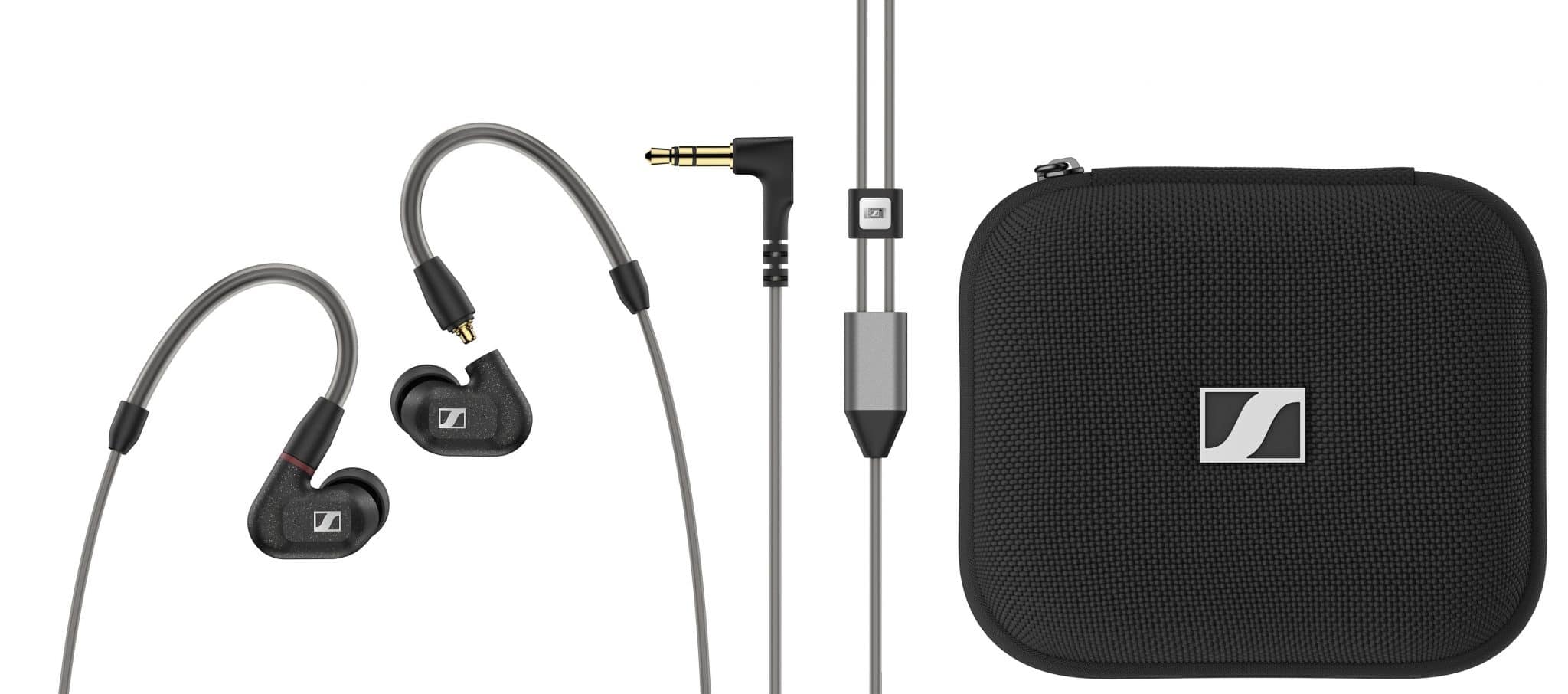
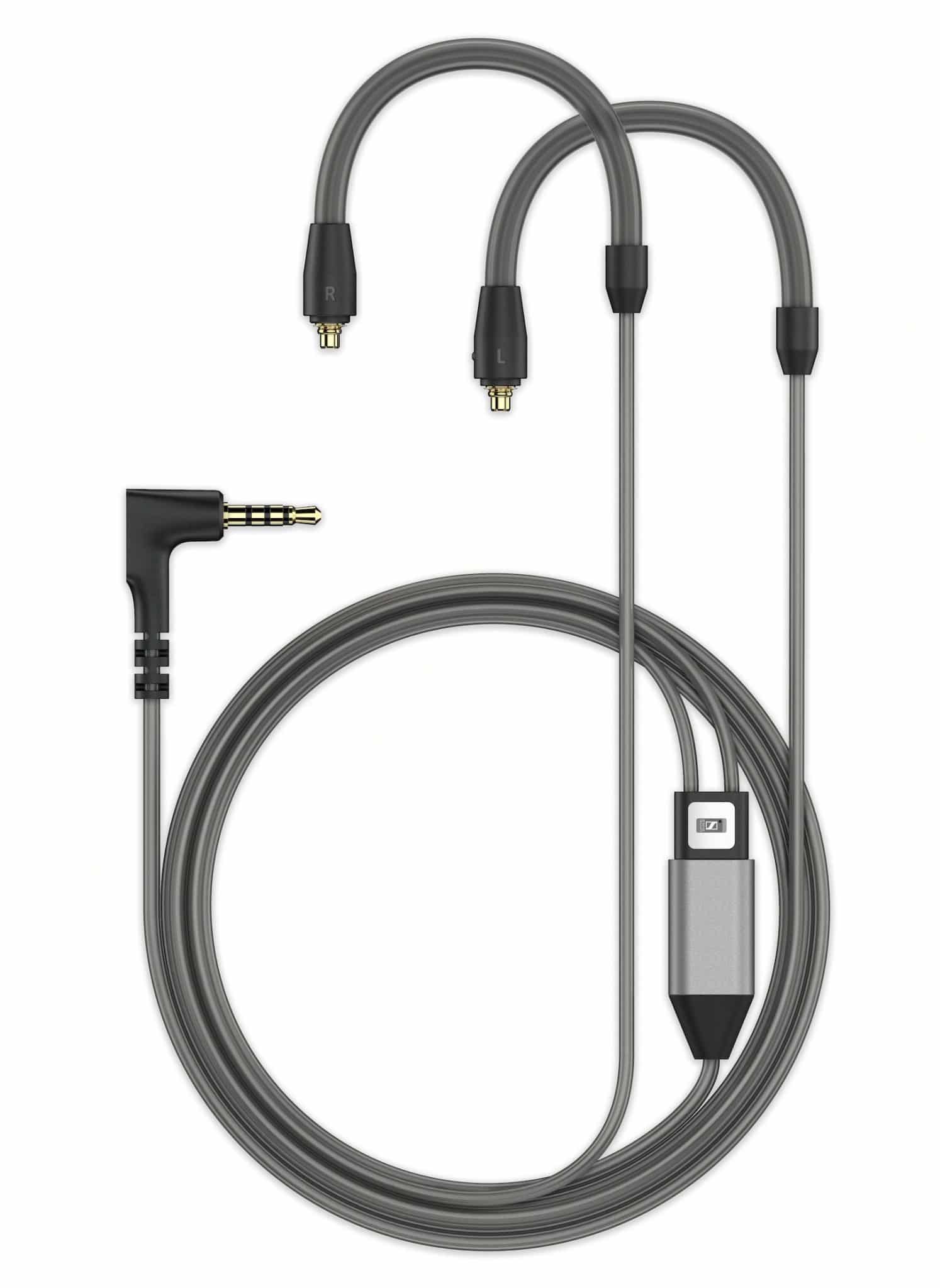
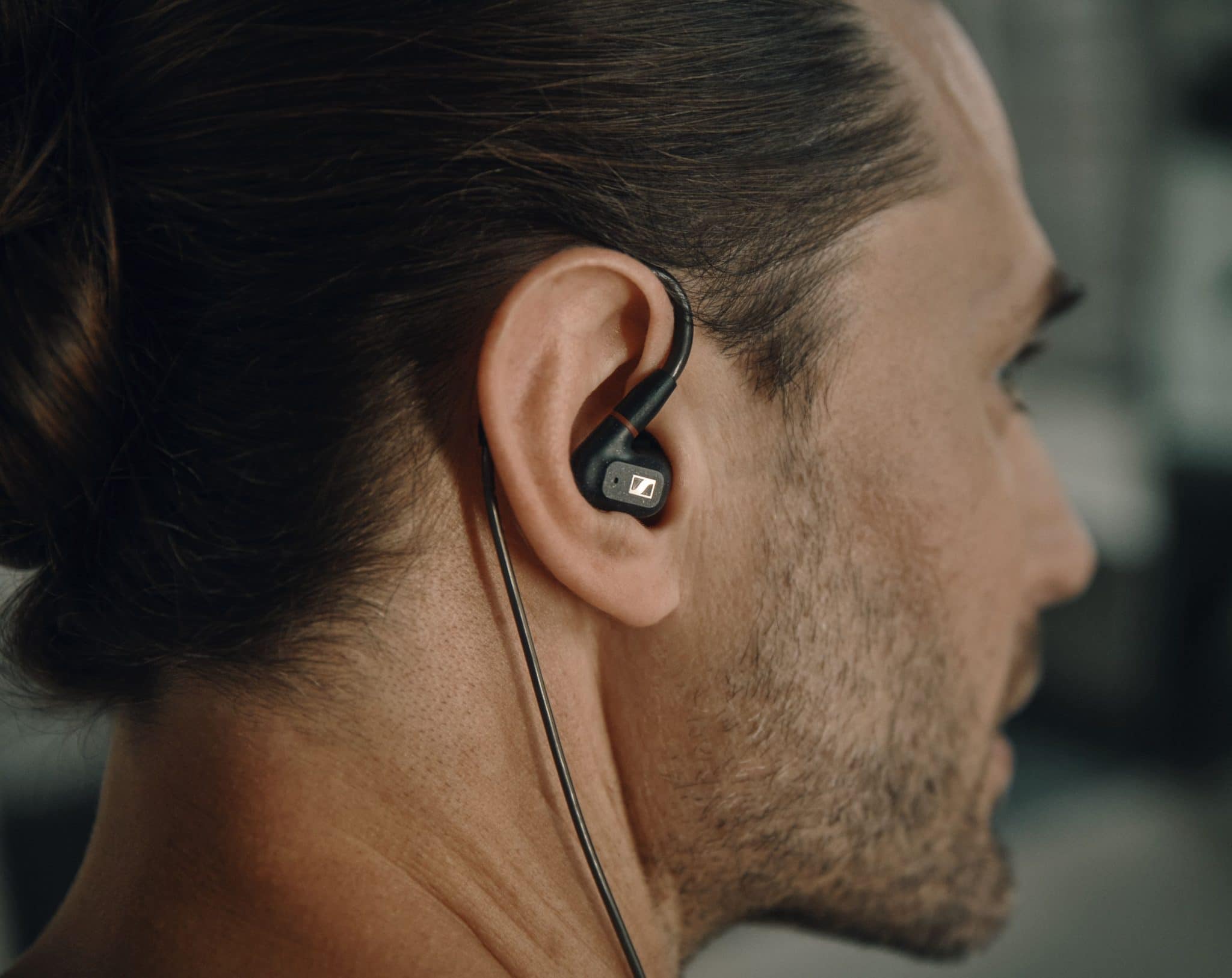

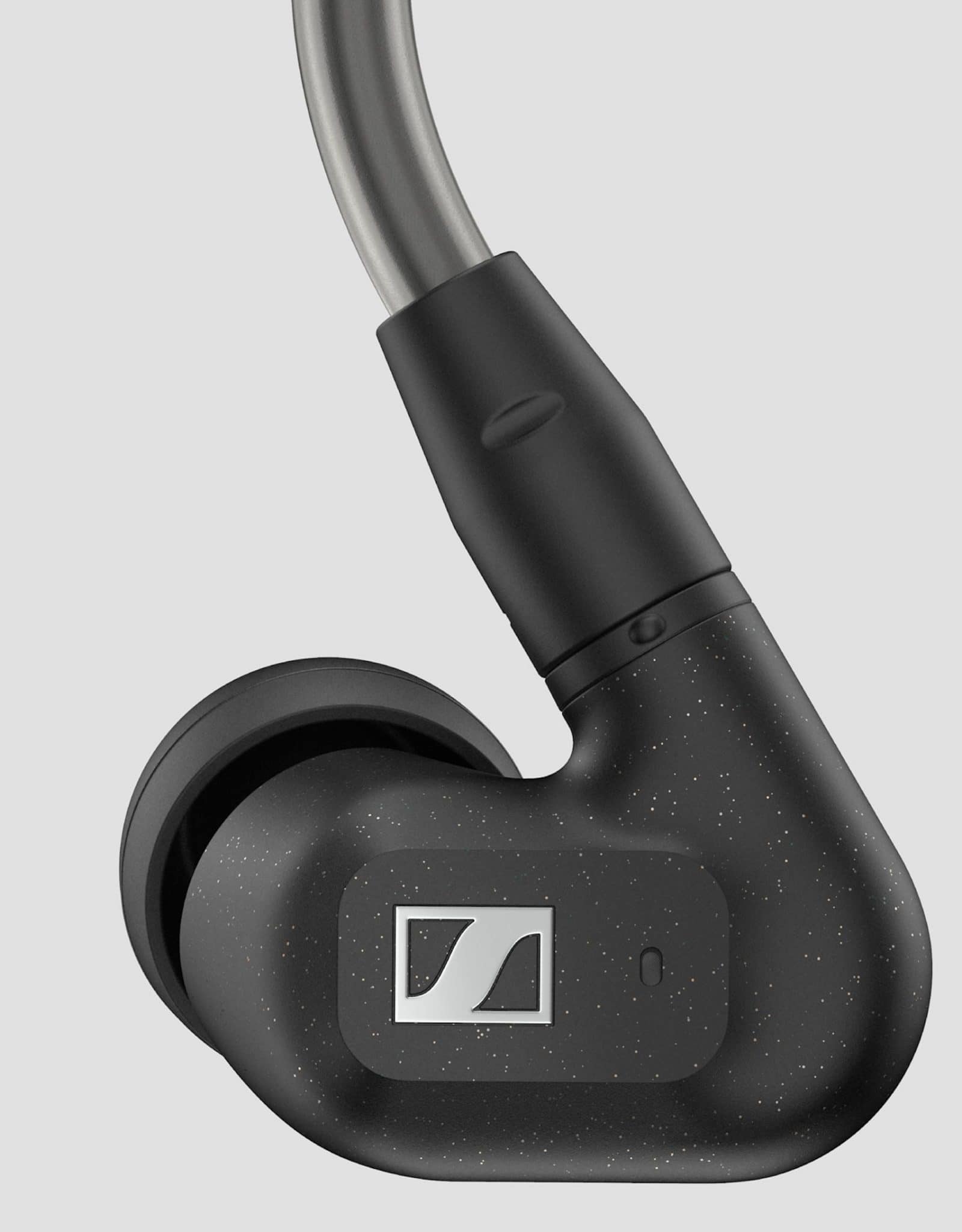
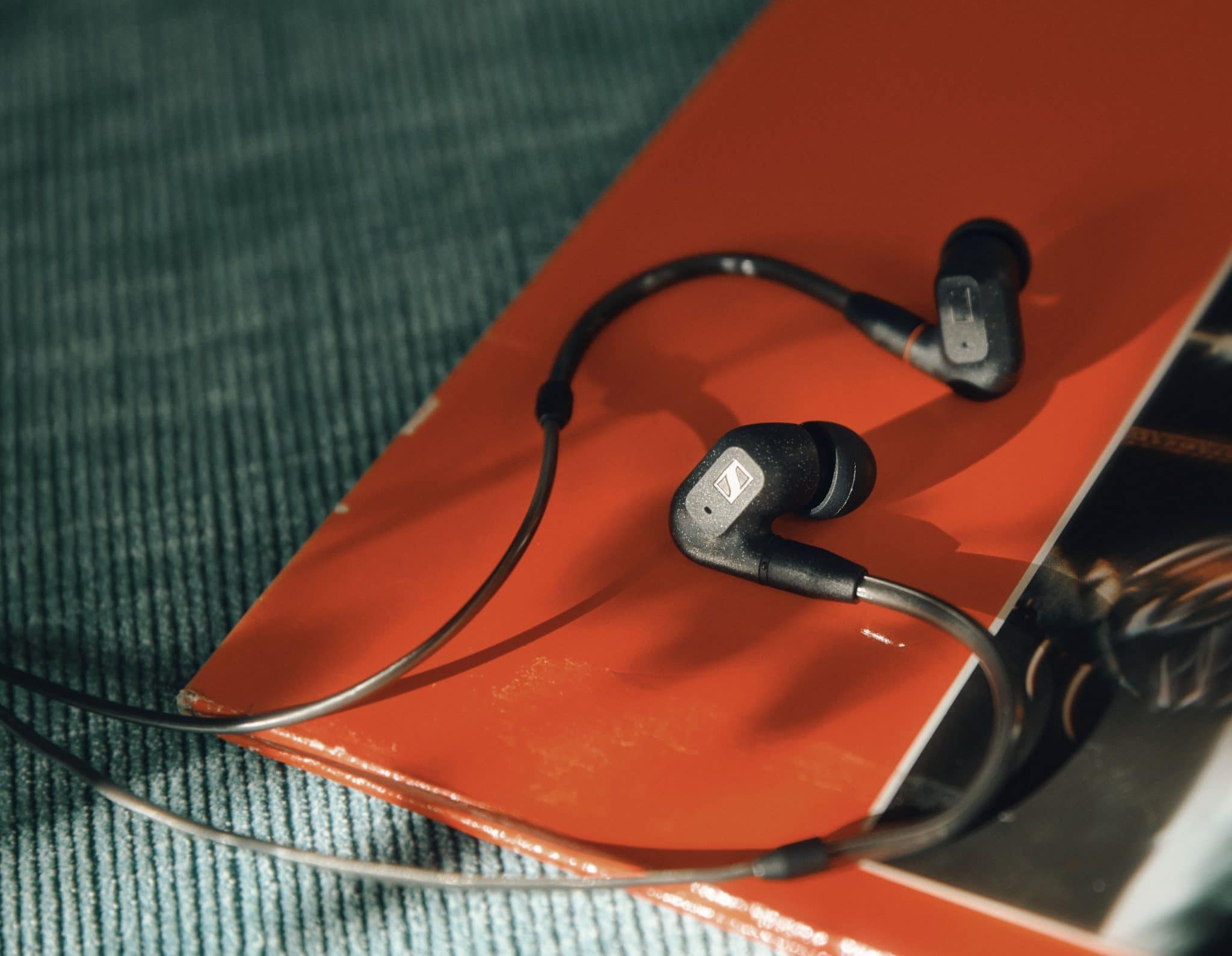

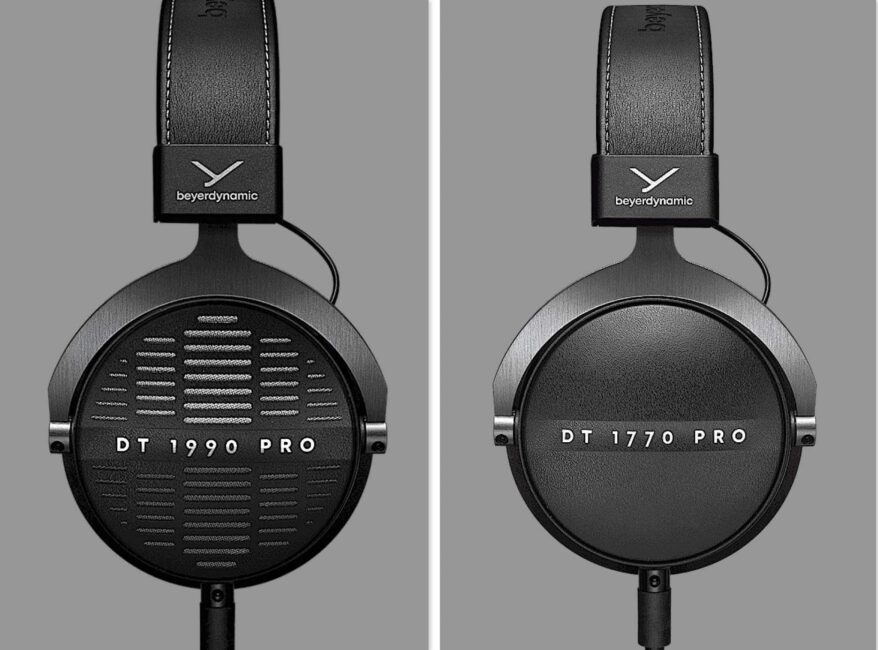

Which Marley song?
Jamming – and added to the feature. Thanks 🙂
Hello, I saw your video about a beginner turntable setup, and I wanted to order the Cambridge Audio Topaz AM10 amplifier, but it’s not available anymore in the Netherlands everywhere I looked. So I wondered if you know a pre-amp and amplifier that go with the Q Acoustics 3020i Speakers and the Pro-Ject Debut Carbon EVO turntable? Thanks in advance!
You could go with the AWA35 which replaces the topaz line: https://www.cambridgeaudio.com/gbr/en/products/hi-fi/ax/axa35 Cambridge also do a nice budget phono amp but so does Pro-ject with the MM Box and the Rega Phono Mini.